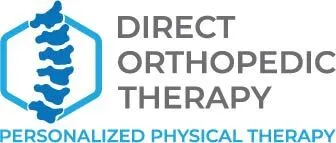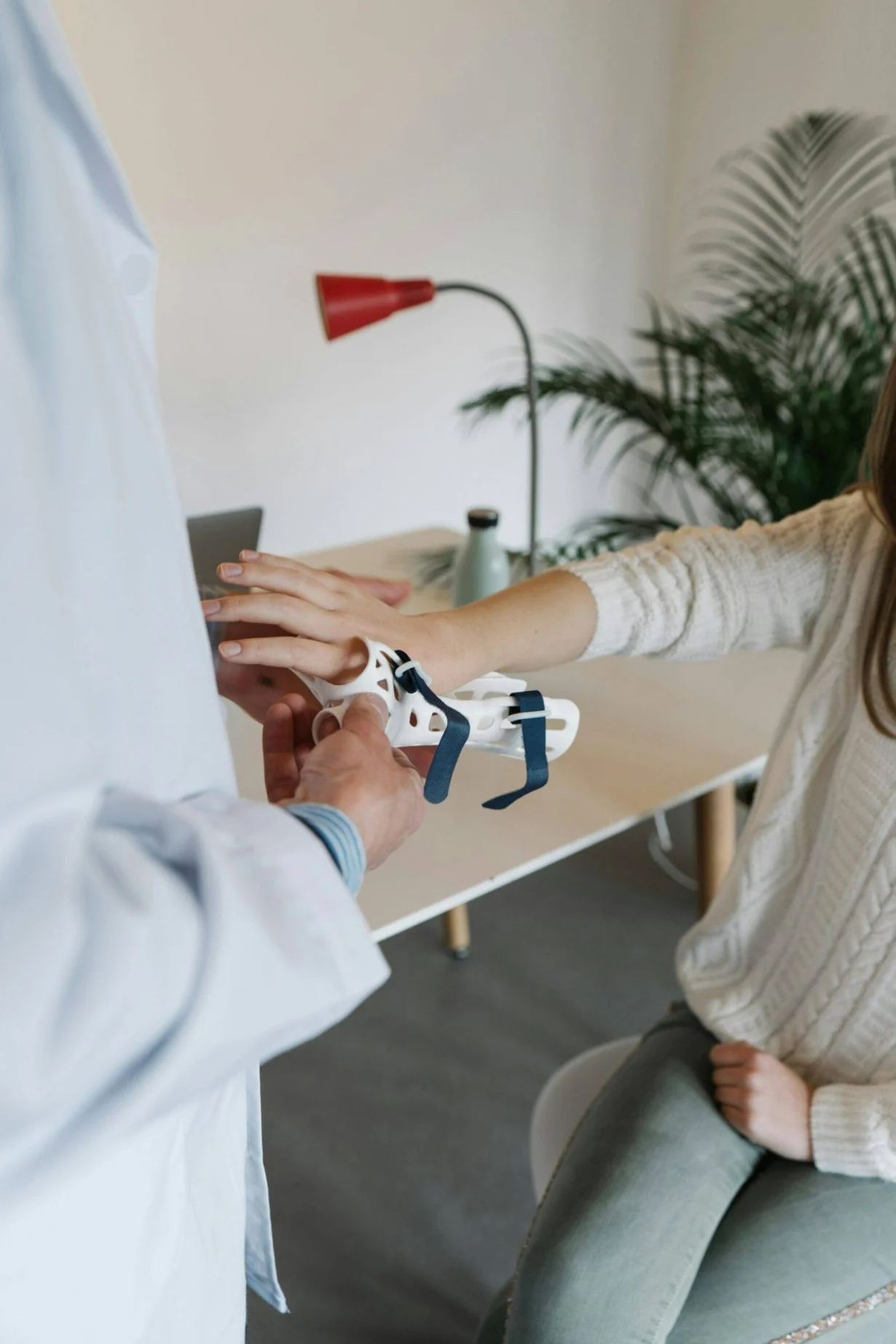The journey from rehabilitation to full fitness is a critical phase in recovery, often overlooked yet essential for long-term health and injury prevention. This transition requires a comprehensive approach that not only addresses the healing of injuries but also prepares the body for the demands of daily activities and athletic endeavors. Orthopedic personal training serves as a bridge in this process, offering tailored programs that cater to individual needs during this pivotal phase. At Direct Orthopedic Therapy, we specialize in guiding clients through this journey, ensuring a seamless and effective return to optimal function.
Understanding the Rehabilitation Process
Rehabilitation is a structured program designed to aid recovery from injuries, surgeries, or chronic conditions. It focuses on restoring function, reducing pain, and preventing future injuries. The process typically involves several key stages:
- Assessment and Diagnosis: This initial phase involves a thorough evaluation of the individual’s medical history, current condition, and functional limitations. Healthcare professionals utilize various diagnostic tools and assessments to identify specific impairments and establish a baseline for treatment.
- Treatment Planning: Based on the assessment, a personalized treatment plan is developed. This plan outlines specific goals, interventions, and timelines tailored to the individual’s needs. It may include physical therapy modalities, therapeutic exercises, manual therapy, and patient education.
- Implementation: The treatment plan is put into action through supervised sessions. Therapists guide patients through exercises and interventions designed to restore mobility, strength, and function. Consistency and adherence to the plan are crucial during this phase.
- Progress Monitoring: Regular evaluations are conducted to assess the individual’s progress toward their goals. Therapists may adjust the treatment plan based on these assessments to ensure continued improvement and address any emerging issues.
- Discharge Planning: Once the individual has achieved the established goals, the focus shifts to preparing them for independence. This may involve education on self-management strategies, home exercise programs, and guidance on transitioning to regular physical activity or fitness programs.
While rehabilitation aims to restore baseline function, it often doesn’t address the higher levels of physical performance required for daily activities, sports, or demanding occupations. This is where orthopedic personal training becomes invaluable.
The Role of Orthopedic Personal Training
Orthopedic personal training focuses on enhancing strength, flexibility, balance, and overall functional performance beyond the basic recovery achieved in rehabilitation. It involves a comprehensive approach that addresses the individual’s unique needs and goals during the transition from rehabilitation to full fitness. Key components include:
- Customized Exercise Programs: Personal trainers with expertise in orthopedics design exercise routines that target specific weaknesses or imbalances identified during rehabilitation. These programs are tailored to the individual’s fitness level, goals, and any residual limitations.
- Functional Training: Incorporating exercises that mimic daily activities or sports-specific movements to improve real-world performance. This approach ensures that the individual is prepared to handle the physical demands of their lifestyle or sport.
- Progressive Overload: Gradually increasing exercise intensity to build resilience without risking re-injury. This principle is essential for developing strength and endurance safely.
- Education and Empowerment: Teaching clients about body mechanics, injury prevention, and self-management strategies. Empowering individuals with knowledge fosters confidence and encourages adherence to the program.
By integrating these elements, orthopedic personal training ensures a comprehensive approach to health and fitness, addressing the individual’s unique needs and goals.
Benefits of Bridging Rehabilitation and Fitness
Transitioning from rehabilitation to fitness through orthopedic personal training offers numerous advantages:
- Reduced Risk of Re-Injury: Targeted strengthening and conditioning help protect vulnerable areas. By addressing muscle imbalances and improving joint stability, the likelihood of re-injury is minimized.
- Improved Functional Performance: Enhanced ability to perform daily tasks and recreational activities with ease. Functional training ensures that individuals can move efficiently and safely in their daily lives.
- Increased Confidence: Guided progression builds self-assurance in physical capabilities. As individuals see improvements in strength and function, their confidence in their abilities grows.
- Long-Term Health Maintenance: Establishing sustainable exercise habits promotes overall well-being. Regular physical activity is associated with numerous health benefits, including improved cardiovascular health, better weight management, and enhanced mental health.
- Personalized Attention: One-on-one training ensures that programs are tailored to individual needs, preferences, and limitations. This personalized approach maximizes the effectiveness of the training program.
Direct Orthopedic Therapy’s Approach
At Direct Orthopedic Therapy, we are committed to facilitating a smooth transition from rehabilitation to full fitness. Our approach includes:
- Comprehensive Assessments: Evaluating each client’s current physical status, goals, and potential challenges. This thorough assessment allows us to develop a personalized plan that addresses specific needs.
- Collaborative Planning: Working closely with healthcare providers to develop a cohesive plan that aligns with medical advice and fitness objectives. This collaboration ensures continuity of care and optimizes outcomes.
- Expert Guidance: Our team of experienced professionals provides instruction and support throughout the training process. We emphasize proper technique and progression to ensure safety and effectiveness.
- Continuous Monitoring: Regularly assessing progress and making necessary adjustments to ensure optimal outcomes. This ongoing evaluation allows us to respond to changes and keep the program aligned with the client’s goals.
- Education and Support: Empowering clients with knowledge and resources to maintain their health and prevent future injuries. We provide education on topics such as proper body mechanics, injury prevention strategies, and the importance of regular physical activity.
Bridging the gap between rehabilitation and fitness is crucial for achieving long-term health and preventing re-injury. Orthopedic personal training offers a structured and personalized approach to this transition, ensuring that individuals not only recover but also thrive in their physical pursuits. At Direct Orthopedic Therapy, we are dedicated to guiding you through this journey with expertise and compassion.
How We Can Help
If you’re ready to move beyond rehabilitation and achieve your fitness goals, Direct Orthopedic Therapy is here to assist. Our team specializes in creating customized programs that cater to your unique needs and aspirations. Contact us today to schedule a consultation and take the next step toward optimal health and performance.



